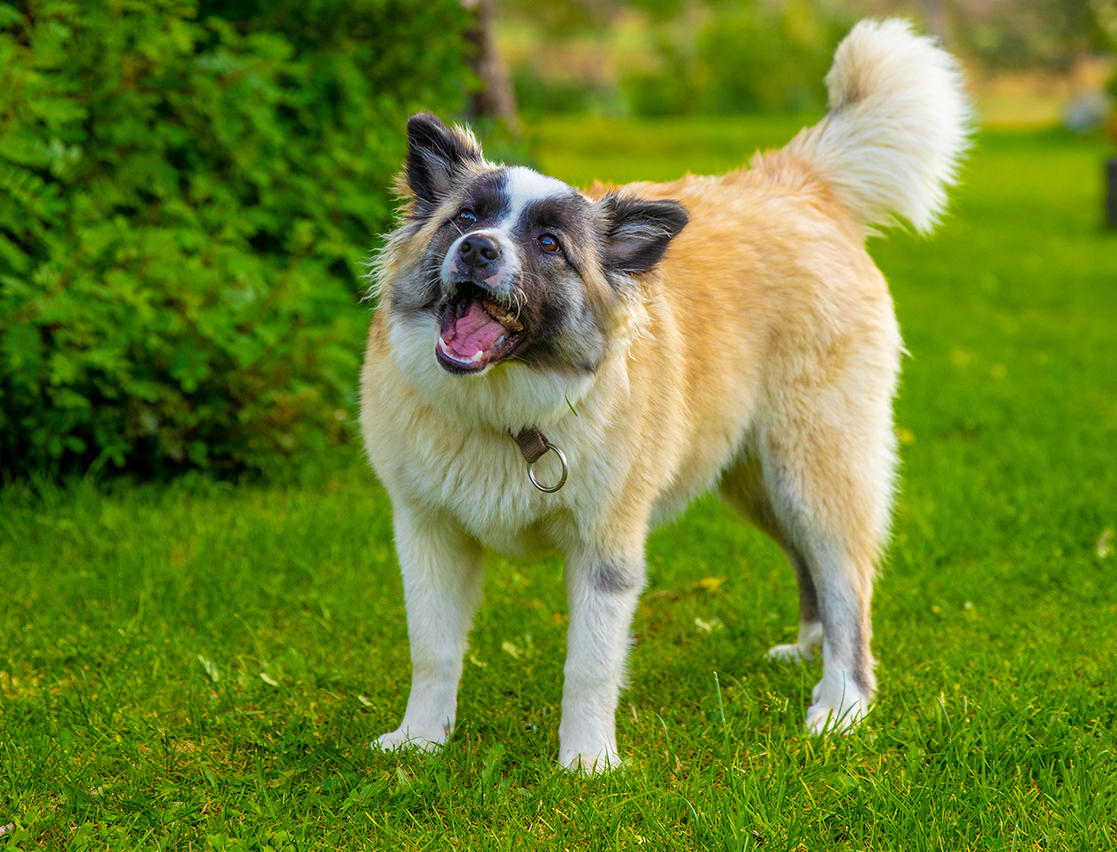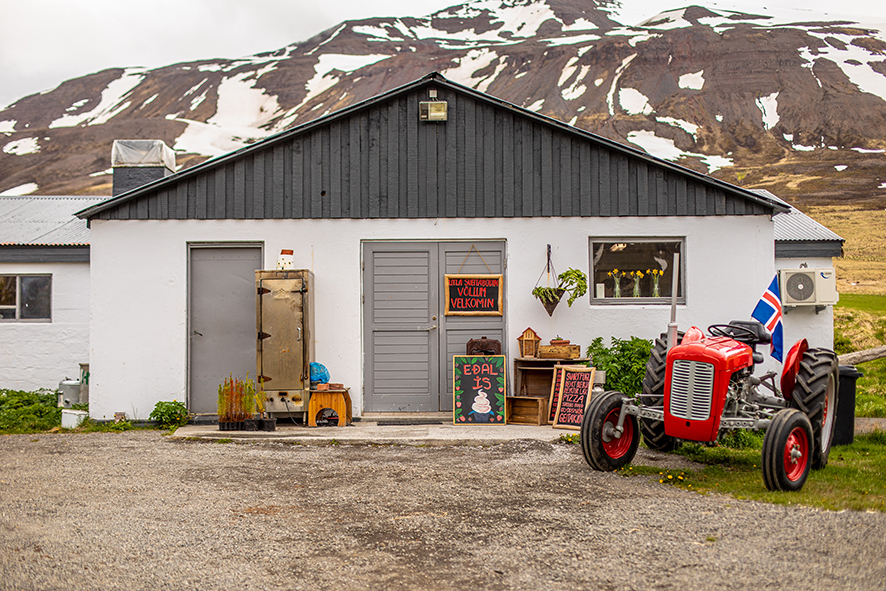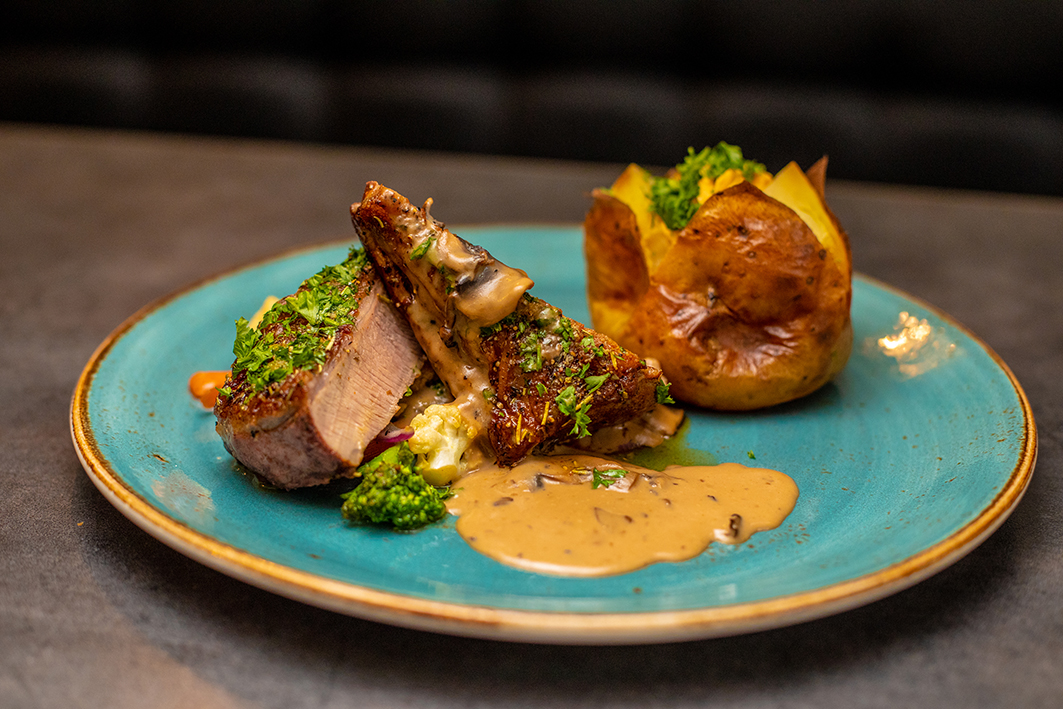History of the Country Side

Iceland was settled around 874 and in the following decades and centuries, a great number of people moved to Iceland. Agriculture has been important to the islanders’ livelihood ever since the settlement. Population patterns formed mostly in the areas where conditions were good for cultivation and keeping livestock.
Take a trip in to the North Icelandic countryside.
In the latter part of the 19th century, Icelanders were among the poorest nations in the world. Agriculture is, naturally, sensitive to environmental fluctuations. Therefore, extended periods of cold weather or natural disasters often led to famine. The largest part of the population lived in the country and the farm was the centre of the community.
Industrialisation, including the mechanisation of the fishing fleet and the import of trawlers in the early 20th century, led to social changes in Iceland. New ways of working were introduced and population patterns changed. People moved from the country to seaside villages to work on different jobs related to the fishing industry, which until then had been seasonal.

Further changes to employment and population development happened during World War II. Iceland was invaded by the British in 1940 and the Americans took over the country’s occupation in 1941. The occupation had a great influence on the national economy. The allied forces built roads, airports, etc. and the troops required various services. These changed circumstances had an impact on the structure of the Icelandic society, exhilarating the process of urbanisation and the growth of Reykjavík. In a short period of time, the rural community changed to an urban community and today, most Icelanders live in urban areas. Today, less than 3% of the nation work in agriculture while in 1860 approximately 83% of the nation depended on agriculture for their livelihood.
Due to the country’s geographical isolation, there have only been minor changes to its fauna. Most animal species have foreign origins, and it is believed that only one land mammal, the Arctic fox, existed in Iceland prior to human habitation. Other mammals were brought by the settlers. This includes the Icelandic sheep, which contributed greatly to the survival of the Icelanders during times of hardship, and the Icelandic horse, which is probably the best-known Icelandic animal.
Experience farm life, pet the animals and enjoy the peace and quiet of the country.
The diet of the Icelanders changed significantly in the late 19th and early 20th centuries in line with other lifestyle changes, such as urbanisation and the import of goods. New preservation methods, canning and later freezing replaced the old preservation methods, which led to dietary changes.
Today, Icelandic farmers make diverse agricultural products known for quality and freshness. Icelandic farmers are ambitious about providing the nation with most of the necessary food that can be produced domestically. In most places outside the capital region, agriculture is intertwined with the local economy, and farmers take part in innovation on the employment market, soil reclamation, forestation and other important projects.

